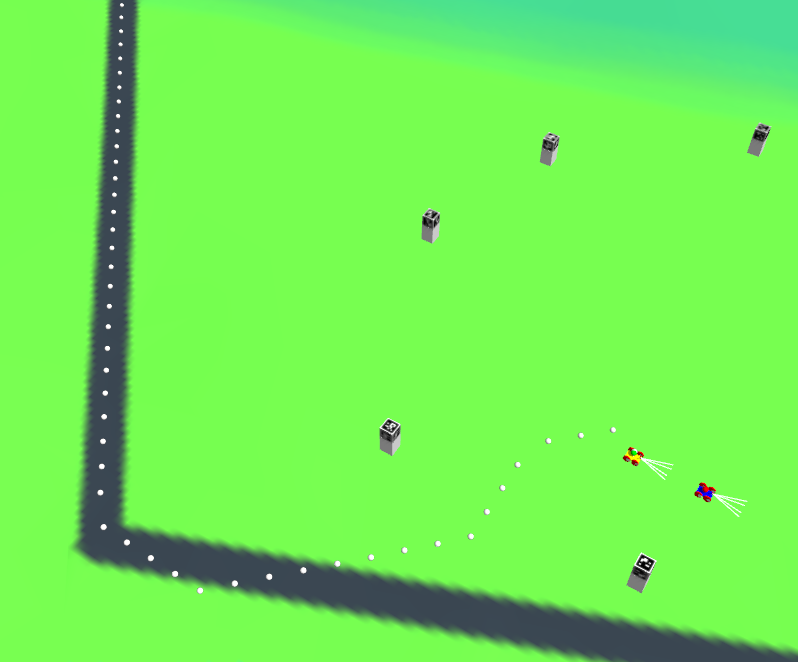Home
Tutorials
Robotics: ROS2
Differential Drive Robot
ROS2 Navigation: Basics
Navigation: Sensors
Mapping and Localization
Navigation: Improved project
Navigation: Examples
Waypoint Follower
Navigating with Keepout Zones
Navigating along given path
Go to battery charger
Dock to battery charger - 1
Dock to battery charger - 2
Dock to battery charger - 3
Multiple Robots
Multiple Robots: Traditional approach
Multiple Robots: Navigation
Custom Nav Algorithms
Localization and Custom Path
Lines and Markers
Map Editing Utility
Building 2.5d world
Textured 3d mesh from topo map
Adding roads to 3d mesh
First Person View 2.5D world navigation
Navigation in 2.5D world
Kalman Filter
Using Kalman Filter for ROS2 Localization
Simulation with slippage and drift
Sensor Fusion
Sensor Fusion and Localization in 3d
Navigation in 2.5D (part 2)
Aruco markers as 2.5d Landmarks
Path Planners in 2.5d world (1)
Robotic Arm
6 DOF Manipulator and Controllers
Gripper
Fixing Gazebo Gripper
Robotics: Hardware
ESP8266
Relays and solenoids
Servo motors
L293D motor driver
Robotics: My Robots
Robotic Spider: Complete Guide
Robot class
This class wraps some or the real robot's functionality and adds the ROS2 functionality. Strictly speaking, more of it should be encapsulated here (and removed from launch file), so I will definitely revisit this class in future.
With Robot class, we can use ROS2 and Gazebo simulator. Here is a result for one of the planners:
